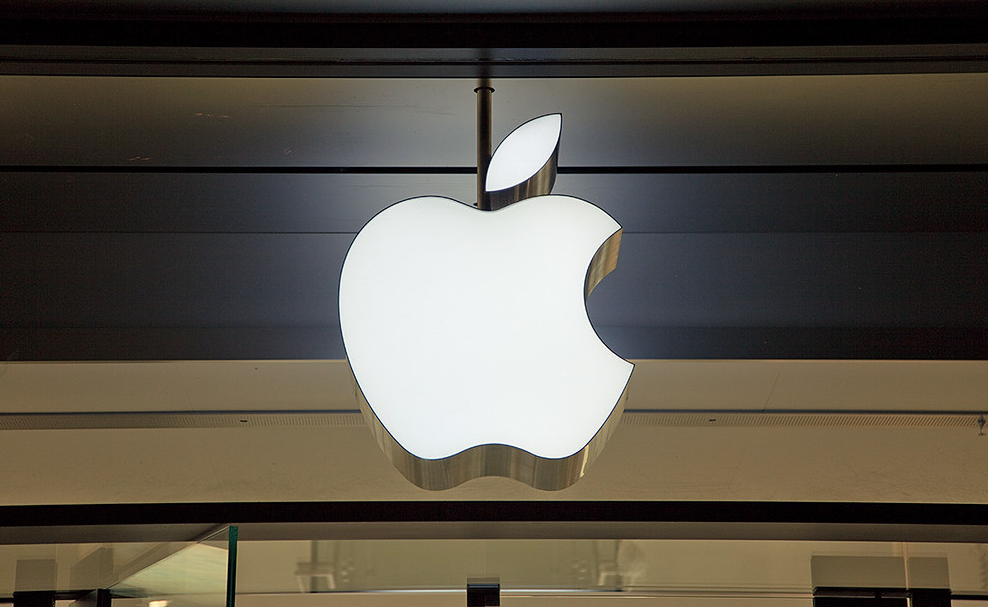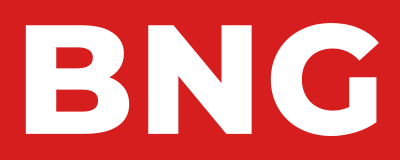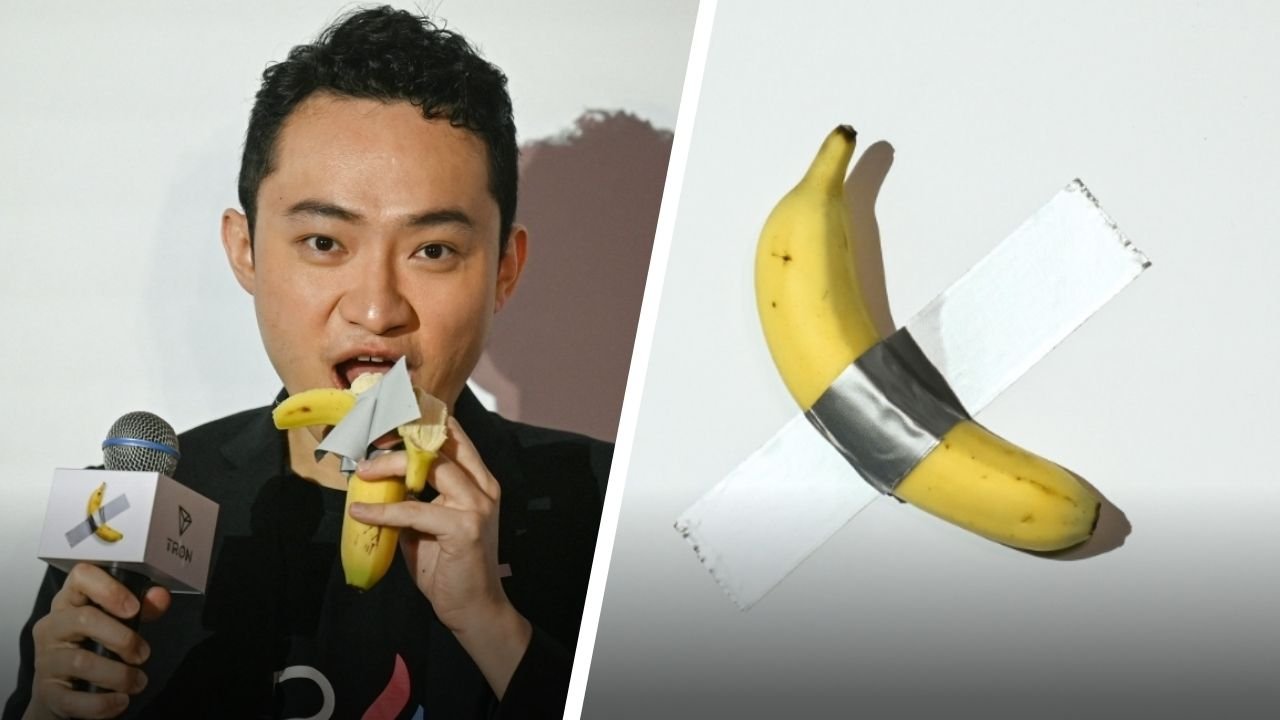Trump’s China tariffs could send iPhone prices soaring: Here’s when and why

If paying $1,000 for a new iPhone already feels steep, brace yourself. Prices could climb even higher soon.
President Donald Trump’s tariffs on foreign goods — particularly from China — are set to hit everyday tech hard. Think iPhones, laptops, cars, even headphones and computer mice.
Analysts warn iPhone prices could jump substantially. Some say it might happen in weeks. Others predict months.
Apple’s supply chain leans heavily on China. That country now faces a tariff of at least 145%, the White House confirmed Thursday.
Products and parts from there will cost more. Trump escalated the trade war with Beijing this week.
He announced a 90-day pause on reciprocal tariffs for all nations except China Wednesday.
In the short term, Apple must juggle its U.S. iPhone stock. If tariffs stick, bigger changes loom.
The company might rethink how it sources, builds, and releases products. Apple got tariff exemptions during Trump’s last term. No word yet on whether that repeats.
“I think (Apple) will have to go through a period of pain,” said Jack Leathem, an analyst at Canalys. “And that will mean… price rises.” Apple stayed silent when asked for comment.
How iPhone Prices May Shift
China handles 90% of iPhone production and assembly, per Wedbush Securities. Tariffs staying put means higher prices. When and how much? Still unclear.
Timing hinges on Apple’s U.S. inventory. That depends on consumer demand as tariff fears grow. New iPhones typically launch in September. Prices could rise sooner if stock runs dry.
“The reality is, the price… increases will hit all phones from Apple, and others, when inventory runs out,” said Ryan Reith of IDC.
Reith estimates Apple has three weeks of U.S. stock to stretch. Canalys sees two to three months.
Counterpoint Research pegs it at 4.5 to six weeks. February data showed a spike beyond that, said Gerrit Schneemann of Counterpoint.
Recent weeks brought massive device shipments to the U.S., Leathem noted. Exact tariff effects on shipments remain murky. Pricing depends on who eats the cost — Apple, its partners, or you.
UBS analysts ran the numbers. A $1,199 iPhone 16 Pro Max from China could jump $800 — a 67% hike.
An iPhone 16 Pro from India might rise just $45. That’s based on Trump’s 125% China tariff and the 90-day pause elsewhere.
Before Wednesday’s update, UBS had forecast $675 and $120 increases, respectively.
Wireless carriers might soften the blow. Discounts on older models could clear low stock. Many offer monthly payment plans.
About 55% of U.S. phone buyers — including flip phone users — opt for installments, per Consumer Intelligence Research Partners.
Apple’s Long-Term Play
Trump wants iPhone production in the U.S. White House Press Secretary Karoline Leavett said so Tuesday. Experts call it a long shot.
Apple has shifted some supply chains to India and Vietnam lately. It’s reportedly sourcing more U.S.-bound iPhones from India now.
But even U.S. production wouldn’t dodge Asia entirely. Many components still come from China.
“Everything inside, that still really comes through China,” Reith said. “That’s not changing soon.”
Building iPhones stateside costs more. Labor’s pricier here. Bank of America says it’d add 20% to expenses. Wedbush’s Dan Ives warns a U.S.-made iPhone could hit $3,500.
Apple pledged $500 billion to grow its U.S. presence in February. That covers servers for its Apple Intelligence software and a Detroit training academy — not iPhone factories.
New plants take years to build. Tariff duration? Anyone’s guess.
Labor poses another hurdle. “They’d be hard-pressed to find people willing to do that type of job,” said Willy Shih of Harvard Business School.
Tariffs might force bigger shifts. Could Apple tweak its launch schedule? The U.S. is its top market.
Adjusting could offset costs, alongside supply tweaks and price hikes. In 2020, pandemic delays pushed iPhone reveals to October.
“Everything is on the table,” Reith said. He sees a temporary shift as possible, then a return to normal if tariffs linger. Apple hasn’t signaled plans either way.
Comparative Analysis of Price Impact Estimates
Below is a table summarizing analyst predictions for iPhone price increases, highlighting the range and variability:
| Model/Scenario | Current Price | Predicted Increase | New Price | Source |
|---|---|---|---|---|
| iPhone 16 Pro Max (China-made) | $1,199 | $800 (67%) | $1,999 | UBS, via CNBC (Apple’s highest-end iPhone could see $350 price hike) |
| iPhone 16 Pro (India-made) | $1,199 | $45 | $1,244 | UBS, via CNBC (Apple’s highest-end iPhone could see $350 price hike) |
| High-end Model (56% increase) | Varies | $675 | Varies | Business Insider (Trump Tariffs: How Much iPhone Prices Could Rise) |
| Potential U.S.-made iPhone | N/A | N/A | $3,500 | Wedbush Securities, via Business Insider (Apple dodged Trump’s tariffs) |
| Extreme Scenario | N/A | N/A | $2,300 | Forbes (What Will Cost More After Trump’s Tariffs?) |
This table illustrates the range of predictions, from moderate increases for India-made models to extreme scenarios for U.S. production, reflecting the uncertainty and variability in analyst forecasts.
What’s Next
For now, iPhone fans face uncertainty. A base model could near $2,000. A U.S.-made version might triple that. Inventory offers a buffer — two months, maybe three. After that, prices climb.
Apple’s juggling options. Shifting production takes time. Absorbing costs cuts profits.
Passing them on risks sales. Carriers might ease the sting with deals. Consumers might lean on payment plans.
Trump’s tariffs aim to boost U.S. jobs. Critics say they’ll hike prices instead. Apple’s next move — and your wallet — hang in the balance.














